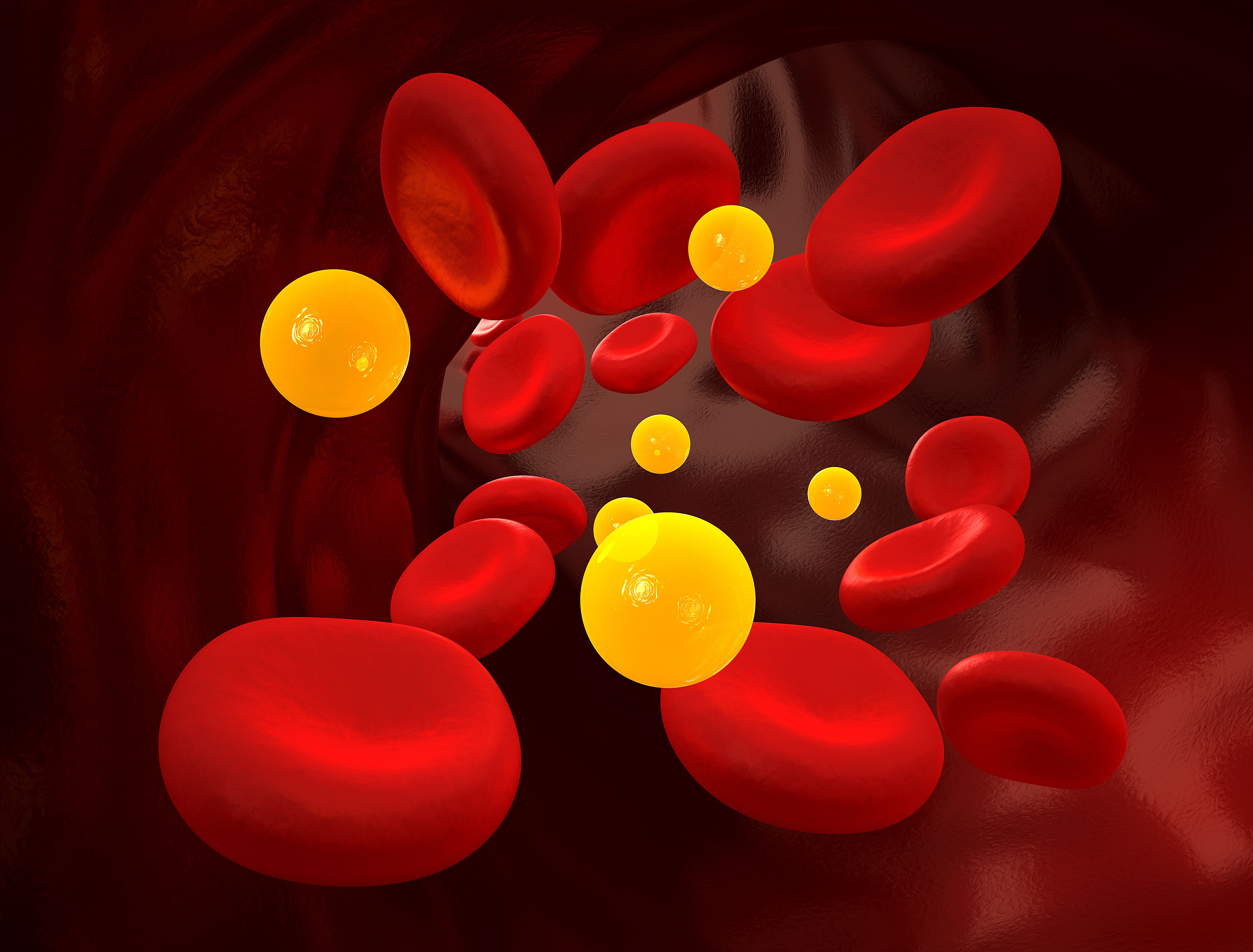Article
MASTER DAPT: One-Month of DAPT Benefits Patients with High Bleeding Risk Following Stenting
Author(s):
Results of MASTER DAPT demonstrate an abbreviated period of DAPT rather than a standard approach preserves ischemic benefits and reduces bleeding risk in patients at a high bleeding risk following stent implantation.
Professor Marco Valgimigli

A single month of dual antiplatelet therapy (DAPT) following stent implantation preserves ischemic benefits and reduces bleeding risk in patients at a high bleeding risk, according to the results of MASTER DAPT.
Presented at the European Society of Cardiology (ESC) Congress 2021, results of the trial suggest 1 month of DAPT was noninferior to the continuation of standard therapy for at least 2 additional months for incidence of net adverse clinical events and major adverse cardiac or cerebral events in patients at high risk for bleeding who had undergone biodegradable polymer sirolimus-eluting stent implantation.
“One month of DAPT after PCI in high bleeding risk patients maintained the ischemic benefits of therapy while reducing the risk of bleeding. Unlike other studies, we did not exclude patients with acute coronary syndrome or limit the number, location, or complexity of the treated lesions,” said principal investigator Professor Marco Valgimigli of the Cardiocentro Ticino Foundation in Switzerland, in a statement. “Our results can therefore inform treatment decisions on DAPT at one month after PCI in patients at high risk for bleeding without postprocedural ischemic events, including those with clinical or angiographic high ischemic risk features.”
MASTER DAPT was an investigator-initiated, multicenter, randomized, open-label, noninferiority trial with subsequential superiority testing designed Valgimigli and Pieter Smits, MD, PhD, with the intent of expanding the current knowledge base related to optimal antithrombotic therapy after stent implantation in high-risk patients. For the purpose of analysis, patients included in the trial were randomized to discontinue DAPT immediately or to continue it for at least 2 additional months.
Patients included in the trial were considered eligible if they had an acute or chronic coronary syndrome, underwent successful PCI of all coronary artery stenoses, and met at least 1 or more high bleeding risk criteria. Patients who were free from ischemic and bleeding events were eligible to undergo screening for inclusion 30-44 days following stent implantation. In total, 5204 patients underwent screening, 4579 were included in the intention-to-treat population, and 4434 were included in the per-protocol population.
The trial included 3 ranked primary outcomes: net adverse clinical event, major adverse cardiac or cerebral events, and major or clinically relevant nonmajor bleeding. Investigators noted the first 2 outcomes were assessed for noninferiority in the per-protocol population while the third outcome was assessed for superiority in the intention-to-treat population. Additionally, investigators pointed out the cumulative incidences of study outcomes were assessed at 335 days.
In the per-protocol population, net adverse clinical events were identified in 165 (7.5%) of patients in the abbreviated-therapy group and 172 (7.7%) in the standard therapy group (difference, −0.23 percentage points; [95% CI, −1.80 to 1.33]; P <.001 for noninferiority). Further analysis indicated 133 (6.1%) patients in the abbreviated therapy group and 132 (5.9%) in the standard therapy group experienced a major adverse cardiac or cerebral event. In the intention-to-treat population, major or clinically relevant nonmajor bleeding occurred in 148 (6.5%) patients in the abbreviated-therapy group and in 211 (9.4%) of the standard therapy group (difference, −2.82 percentage points; [95% CI, −4.40 to −1.24]; P <.001 for superiority).
In a related editorial published in NEJM, E. Magnus Ohman, MBBS, professor of medicine at the Duke University School of Medicine, commended investigators for their work and expressed optimism over the results of the trial and how they can impact clinical practice.
“The findings of Valgimigli and colleagues are important and move us toward a shorter and simpler antithrombotic strategy after PCI. Concomitant shorter antiplatelet monotherapy in the context of chronic disease after the implantation of a drug-eluting stent represents a major shift. This news is welcome for patients at high risk for bleeding after stent placement,” wrote Ohman.
This study was presented as “MASTER DAPT: dual antiplatelet therapy after coronary stenting in high bleeding risk patients“ at ESC Congress 2021 and simultaneously published as “Dual Antiplatelet Therapy after PCI in Patients at High Bleeding Risk,” in the New England Journal of Medicine.





